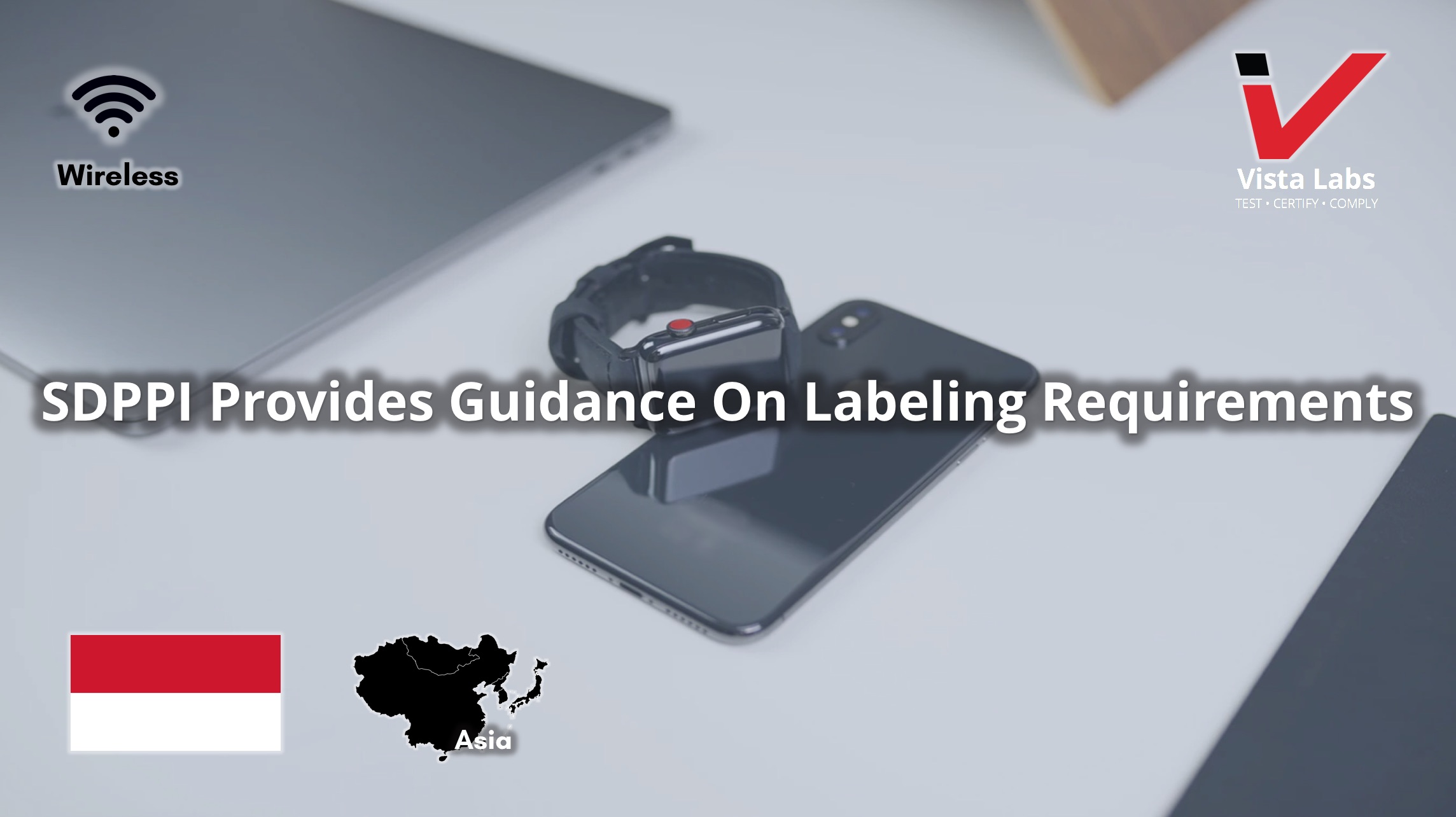The regulatory body of post and telecommunications of Indonesia, SDPPI, provides clarification on product labeling, QR code, and warning sign requirements.
Size of Label, QR Code, and Warning Sign
No specific size requirements, except that it should be clear, legible, and easily seen. The for QR code, it needs to be large enough to be scanned.
When the Device is Too Small, or the Device is Installed into a Host
Labels generally should be attached to the device. If the device is too small, the label may be placed in the user manual (for either the device, or the host system).
QR code and warning sign should be on the packaging of the device. Though, if the device comes pre-installed into a host, the QR code and warning sign can also be included on user manual.
Label Format
Label, QR code, and warning signs should be attached to the product, packaging, or user manual when showing compliance. After the certification is obtained, pictures (close-up, full photo) showing the label, QR code, and warning sign affixed the product will be requested.
If the applicant/manufacturer does not have a labeled package ready, they must prepare at least 1 packaging showing the finalized label design/location for reporting purposes.
When to Attach the Label
Product surveillance/control may be conducted in 2 places: at the border (customs) or post-border (after passing customs). Depending on where surveillance occurs for your product, you may be required to label it before reaching customs, or sometime after passing customs. The products checked at the border are as follows:
| HS Code | Product |
|---|---|
| 8443.31.31 | Combination of color printer, copier, and fax machine. |
| 8443.31.39 | Combination of non-color printer, copier, and fax machine. |
For the above products, labels, QR codes, and warning signs need to be attached prior to reaching customs.
Products not in the table above will be checked post-border and can pass customs without a label. Labels, QR Codes, and warning signs can be affixed after passing customs, such as in the local warehouse, so long as the product does not enter the Indonesian market.



